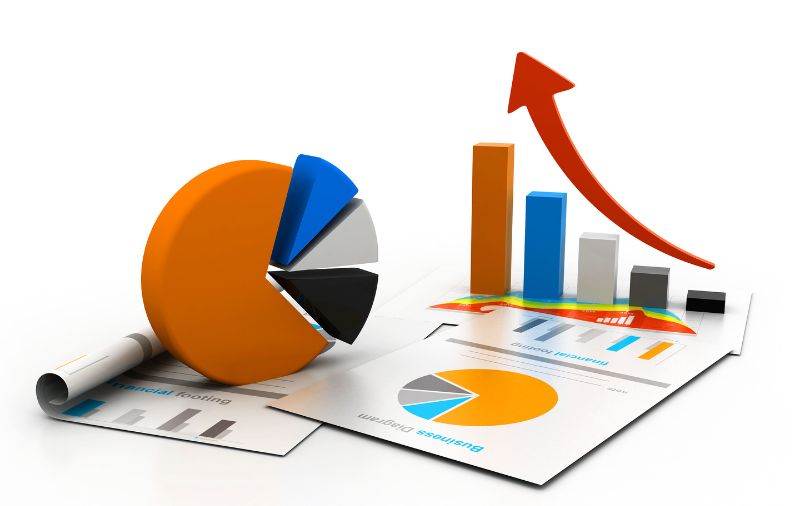The table below is the SS2 Geography Scheme of Work for First Term
Developed by the
Nigerian Educational Research and Development Council (NERDC)
| Sub – Theme | ||
| THE EARTH & THE SOLAR SYSTEM | ||
| S/N | Topic(s) | Content |
| 1(a). | Earth’s External Processes and Landform Development Action of Running Water | i. Water as an energyEnergy is the ability to do work. Energy exists in several forms such as heat, kinetic or mechanical energy, light, potential energy, and electrical energy. Units of Energy: The SI unit... More system: – Slope or gradient – Shape of valley – Volume of water – Size of materials carried ii. Processes of river erosion: – corrosion  Corrosion is defined as a natural process that causes the transformation of pure metals into undesirable substances when they react with substances like water or air. This reaction causes damage and... More Corrosion is defined as a natural process that causes the transformation of pure metals into undesirable substances when they react with substances like water or air. This reaction causes damage and... More– attrition – hydraulic action iii. Transportation processes: – suspension – saltation – solution iv. Erosional features of rivers: – Gorges – -V-shaped valleys – River capture – Waterfall – Cliff – Meanders – Rapids and cataracts v. Depositional features: – Ox-bow lake – Food plains – Delta |
| 1(b). | Action of Winds | i. Processes of wind erosion: – Abrasion – Attrition – Deflation ii. Features and Modes of Formation of: – inselbergs – Rock pedestal – Zeugen – Yardang – Messa and butte, etc. iii. Features and Modes of Formation of: – Barchans – Loess – Self dunes, etc. 3. Importance of Good Family Reputation – Good name – Respect from other members of the community, etc. |
| 1(c). | Glacial Action | i. Glacial features in highland areas: – Cirque – Aretes – Tarn, etc. ii. Glacial features in Lowland areas: – Roche mountains – Craig and tail, etc iii. Economic Importance of Glacial features. |
| 1(d). | Action of Waves | i. Waves/Tide/Currents (definition & characteristics) ii. Erosional processes – corrosion – attrition – solution – Hydraulic action iii. Erosional features: – Cape -Bay -Cliff -Caves -Stack, etc iv. Coastal Deposition: – Beaches – Spit – Bar – Marine dunes |
| Sub – Theme | ||
| ENVIRONMENT & ITS RESOURCES | ||
| 2. | Climate II | i. Climatic Factors: – Latitude – Altitude and relief – Planetary wind and pressure – Distance from thee sea – Ocean currents etc ii. Climatic Types: – Hot – Temperate – Cold – Desert, etc iii. Characteristics: – Temperature – Rainfall, etc iv. Geographic distribution |
| 3. | Climatic Classification | i. Greek classification: – Tropical (Torrid) – Temperate (mid – latitude) – Polar (frigid) ii. Koppen’s classification – Major categories of:- A – Tropical B – Dry climate C – Humid Meso-thermal D – Humid Micro-thermal E – Polar climates sub-categories of:- A – AF, AM and AW B – BS and BW C – CW, CS, and CF D – DF AND DW E – ET AND EF iii. Interpretation and characteristics of the sub-categories iv. Geographical distribution v. Advantages and disadvantages of the classification types |









Responses